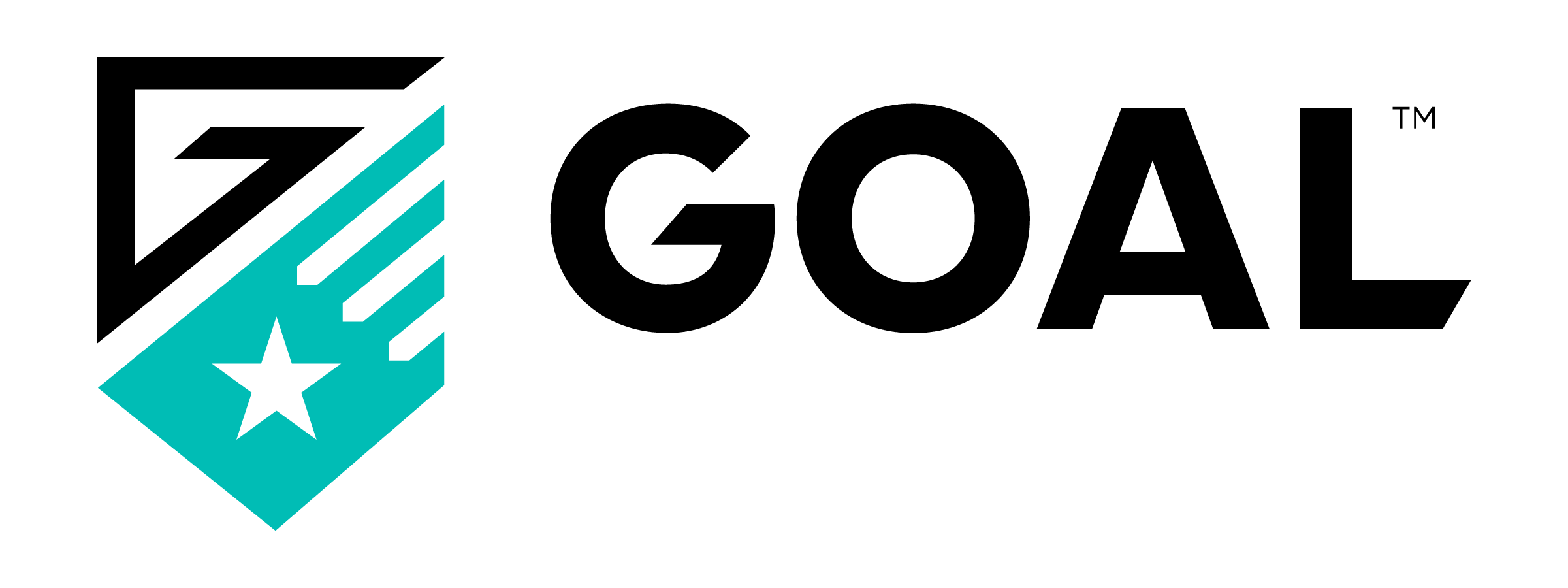Mike Staropoli
Physical therapist, founder of GOAL, passionate about ACL rehab and Manchester United
“The one who falls and gets up is so much stronger than the one who never fell.”
Anterior cruciate ligament (ACL) injuries as well as reconstruction are common in field and court sport athletes. Approximately 250,000 surgeries are performed yearly. These are often necessary to return back to high output sports consisting of pivoting and change of direction. Limitations following the surgery are commonly pain and swelling as well as significant decreases in strength, range of motion (ROM), neuromuscular control, power and functional performance.
When discussing goals with our athletes, one of the first few questions asked either prior to having an ACL reconstruction or early in the post-operative process is “When can I start to run again?”
There are some key considerations that should undoubtedly be part of the conversation based around physiological adaptations of skill and force output, sport considerations, as well as client well being and how these all fit in the overall process in return to sport. By the way, what does “return to sport” mean anyway?
The first piece to this is what we refer to at GOAL as “reverse engineering” rehabilitation. This is often how we approach client goals and the pathway to success in both our physical therapy and training services.
Webster dictionary defines reverse engineering as…
“to disassemble and examine or analyze in detail to discover the concepts involved in manufacture usually in order to produce something similar.”
How we apply this to physical therapy and rehabilitation, in particular, ACL reconstruction and starting to run again is building a profile of the athlete, their sport and the requirements to do so at the necessary level. This ends up being a road map of sorts into the general direction this journey will go.
Once we’ve considered the end product, understanding where we are starting is also paramount to build out the process in how to get there, return to sport. The image below presents three stages of return to sport and likely better definitions of what it means for someone to be “ready.”

Time is not enough.
There are a few approaches to the return to run decision that are used. Time after surgery is the most common indicator some default to with 12 weeks being the most frequently used data point. Apart from time, the most common objective measures some use are ROM and pain but in less than 20% of cases.
This 12-week point in time is likely used by some as the “ligamentization” process, that of which the new graft takes on the biological cellular make up of the original ACL, is often in the remodeling phase. When tissue is remodeling, it is best to apply mechanical loads, stress, in some capacity. In this case, running. Taking this into consideration, there should be wider encompassing decision making tree utilized to give the OKAY to running.
Guidelines that are important to consider are undoubtably time, however the addition of objective data in strength and performance of the person are key.
Key Objectives
- Pain <2/10
- Flexion ROM >95% of nonsurgical side
- Full terminal knee extension
- Zero effusion (swelling)
- Single leg hop tests >70% nonsurgical side
- Single leg squat to 90 deg x10 with no knee valgus
- Isometric hamstring and quad strength within 70% of nonsurgical side
- No excessive trunk and gait deviations while running
The performance based milestones of hoping, squatting and strength are necessary to display the qualities in safely starting to run. This becomes a unique opportunity to develop the overall movement patterns and neural plasticity relative to the stage of rehabilitation. In addition to the technique, developing forces quickly (rate of force development) in shorter ground contact times, the time which your foot is in contact with the ground while running, is crucial for running and progressing running in addition to sprinting as later stages of rehabilitation approach. Adequate single leg control and appropriate levels of muscular strength are critical here. A baseline of the objectives mentioned above will put the person in the best position possible to succeed in their first run.
As we dissect the objectives, one key component we dive deeper on is hopping, also known as plyometrics. When running, you’re always moving from one leg to the next. It is critical to fine tune the mechanics, particularly in single leg positions, of this skill. Addressing how we land and the quality of how we do so will help set us up for greater success as volume or intensity of running grows.
Think about the greater GOAL.
As we consider all of these points, an additional question we often ask is why is it so important to run early in the journey. Helping the person understand its value, or lack of, and ability to do it well are essential. Running can be a great teacher of posture, positions and movement mechanics of the task itself. That being said, being patient is also valuable as ACL rehabilitation is a 9-12+ month process. Running before earning the prerequisite ability to do so may reinforce both poor movement quality and slow down progress. This is why utilizing objective decision making when to start running is all the more important in developing athletic success.
- Enhancing Performance with Elite Soccer Development Physical Therapy in Westport, CT

- The Benefits of Dry Needling for Pain Management at GOAL

- Unlocking Peak Performance: Physical Therapy at GOAL Physiotherapy and Sports Performance in Westport, CT

References
- Claes S, Verdonk P, Forsyth R, et al. The “ligamentization” process in anterior cruciate ligament reconstruction: what happens to the human graft? A systematic review of the literature. Am J Sports Med 2011;39:2476–83.
- Scheffler SU, Unterhauser FN, Weiler A. Graft remodeling and ligamentization after cruciate ligament reconstruction. Knee Surg Sports Traumatol Arthrosc 2008;16:834–42.
- Rambaud AJM, Ardern CL, Thoreux P, et al. Br J Sports Med 2018;52:1437–1444.

